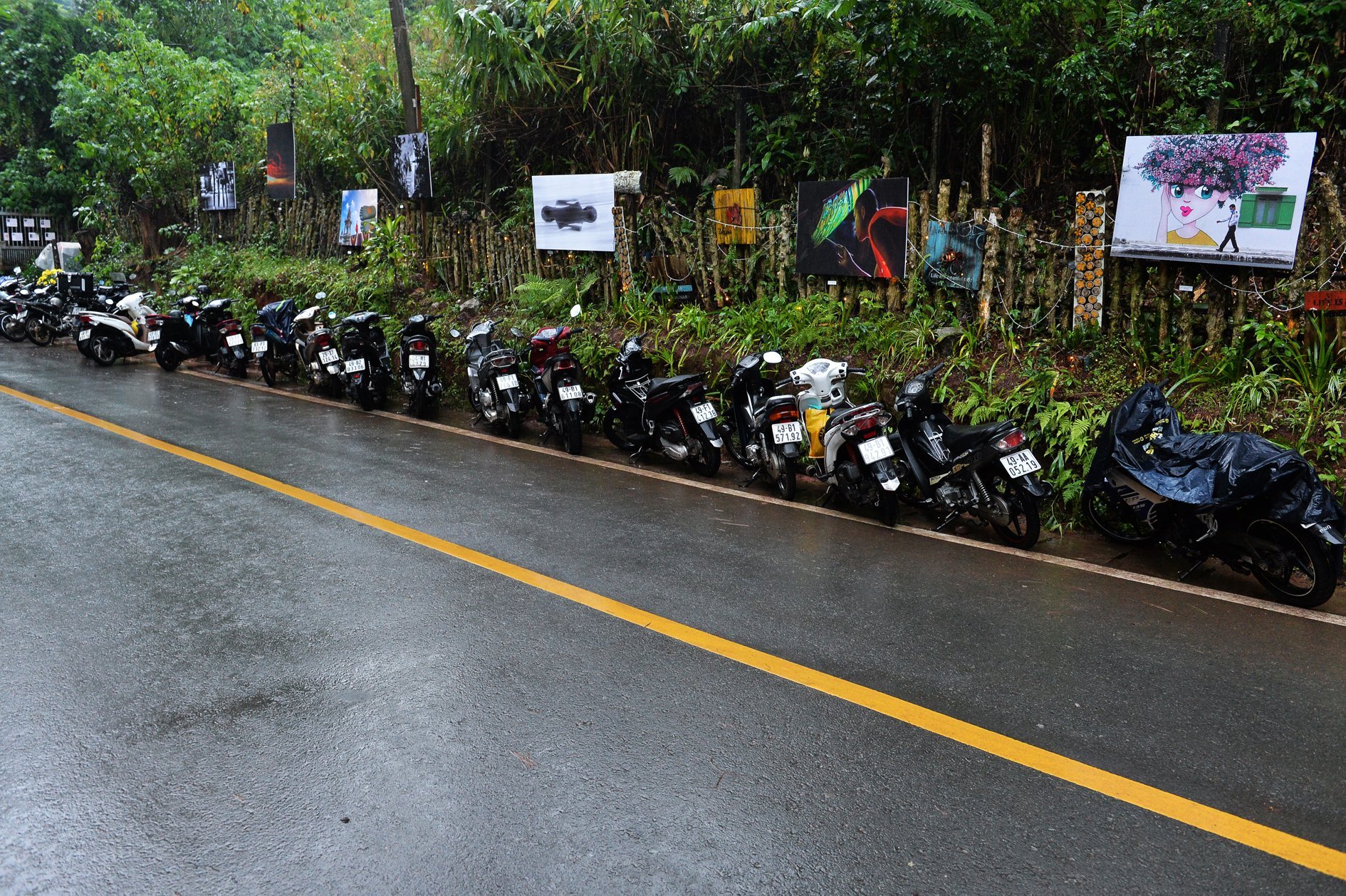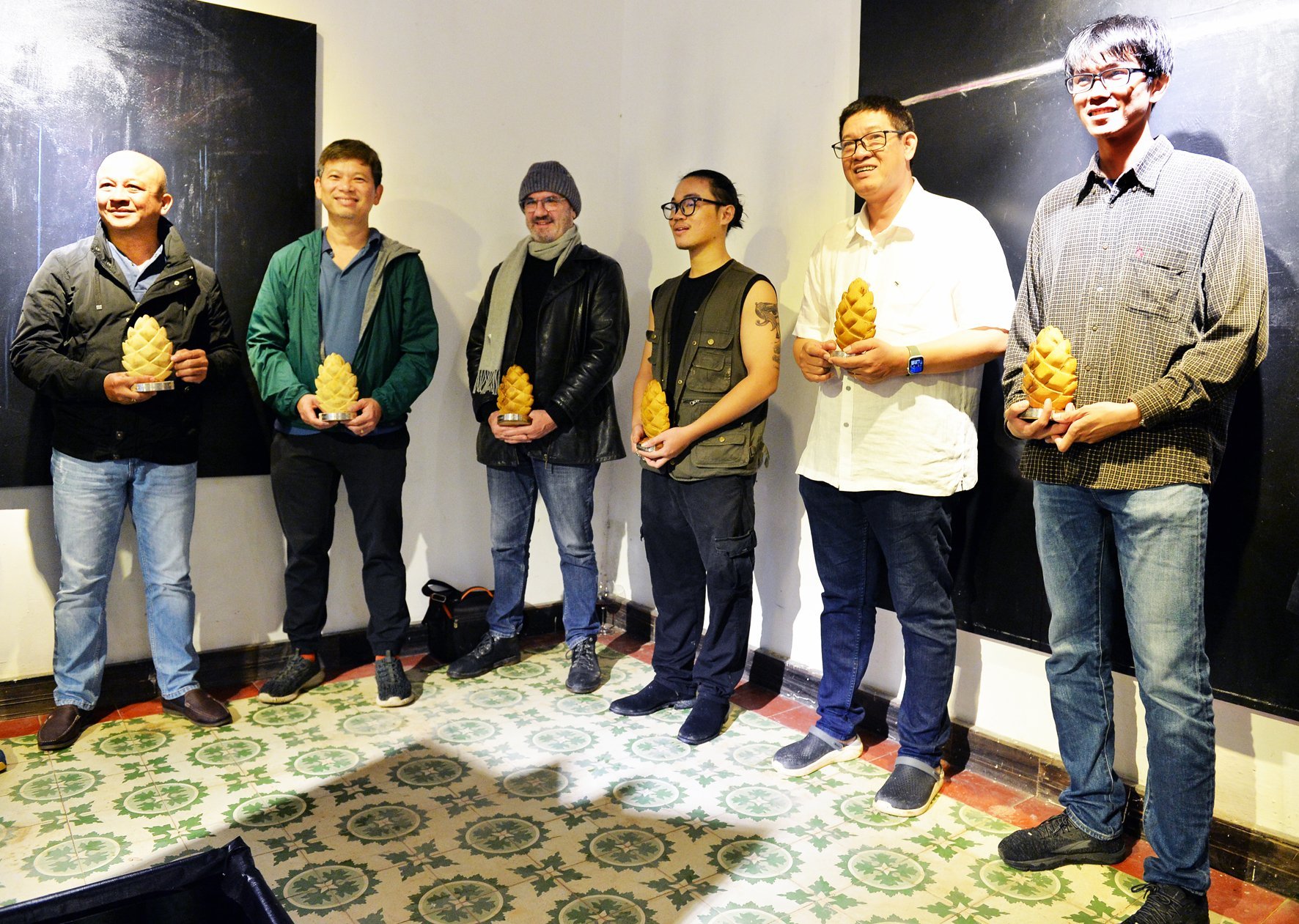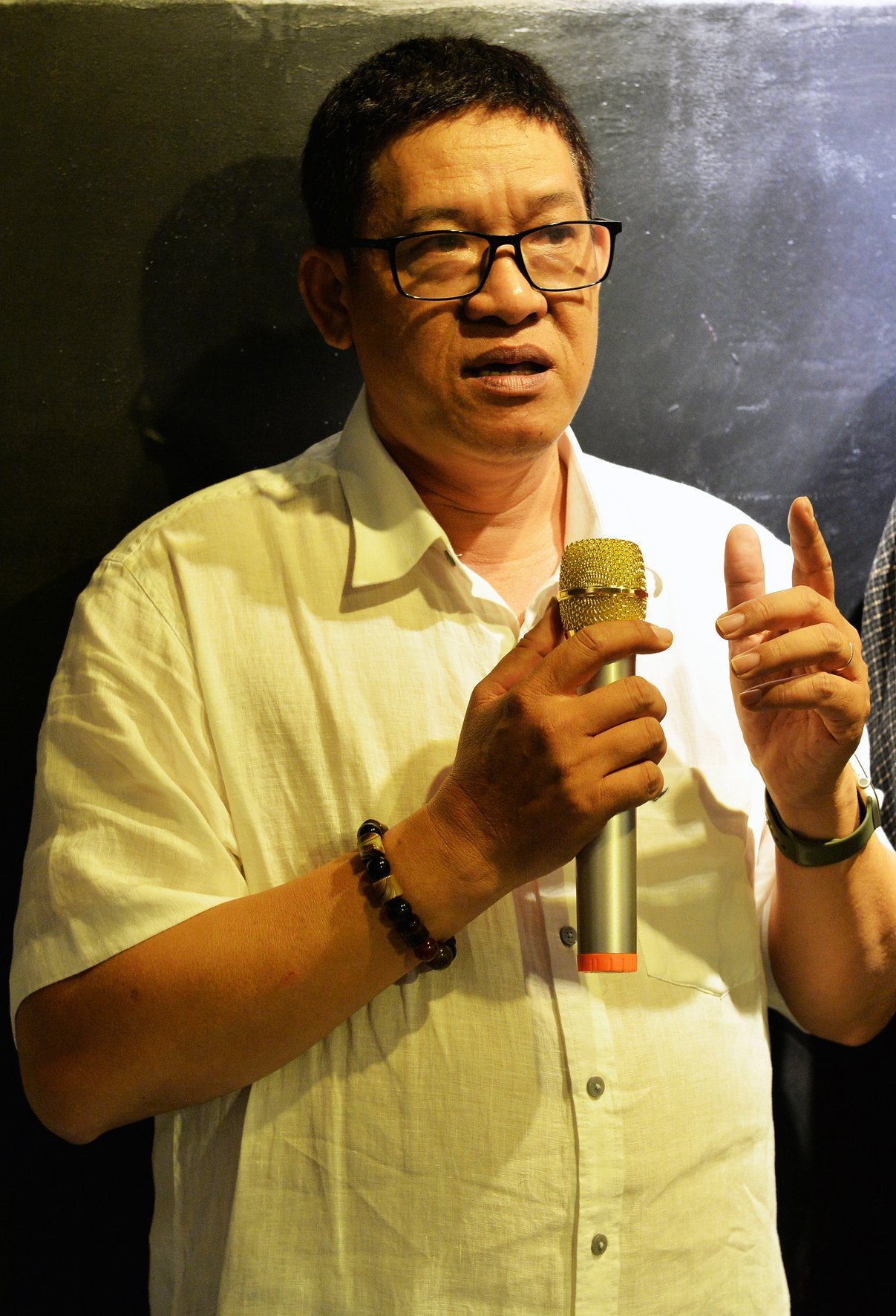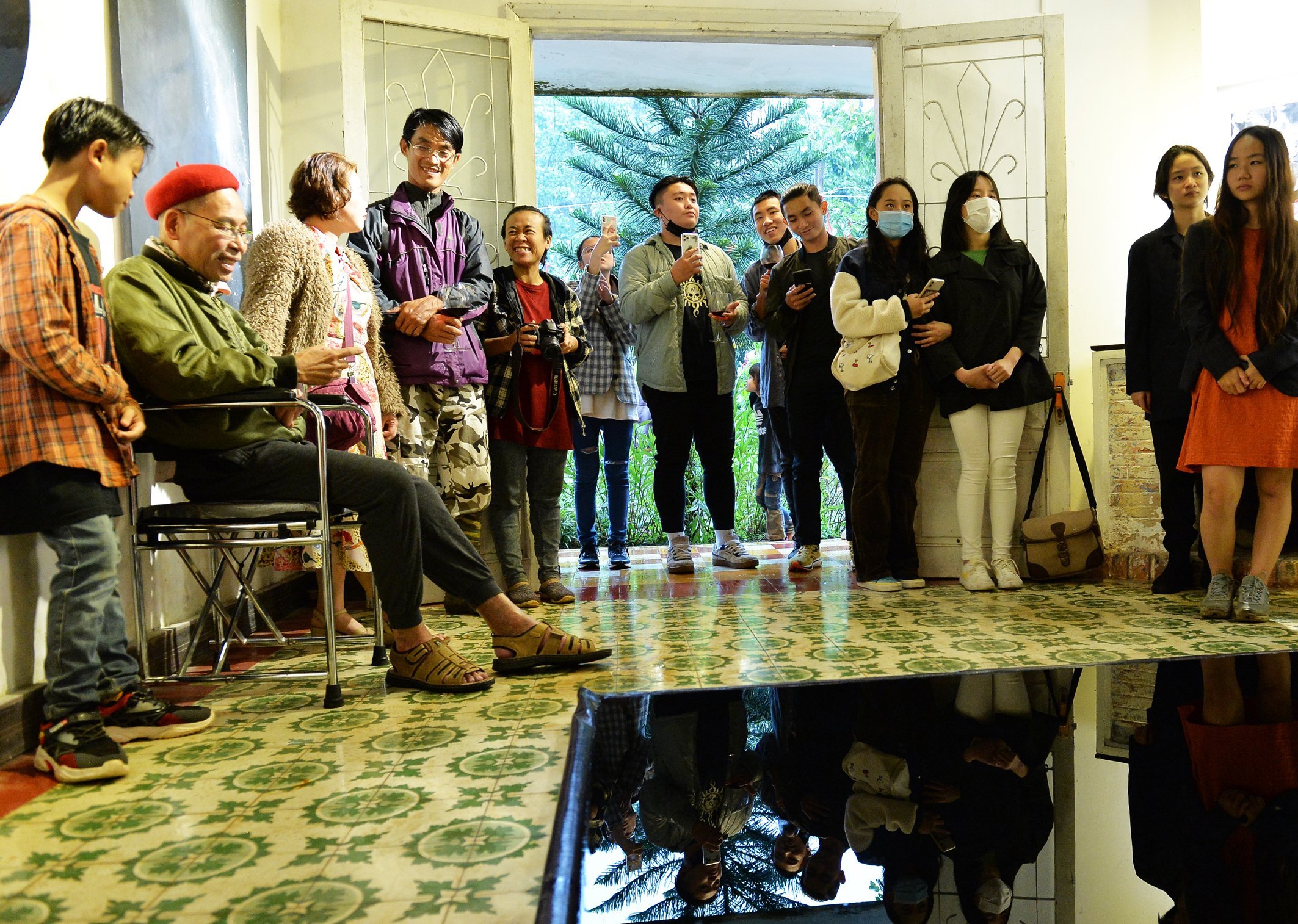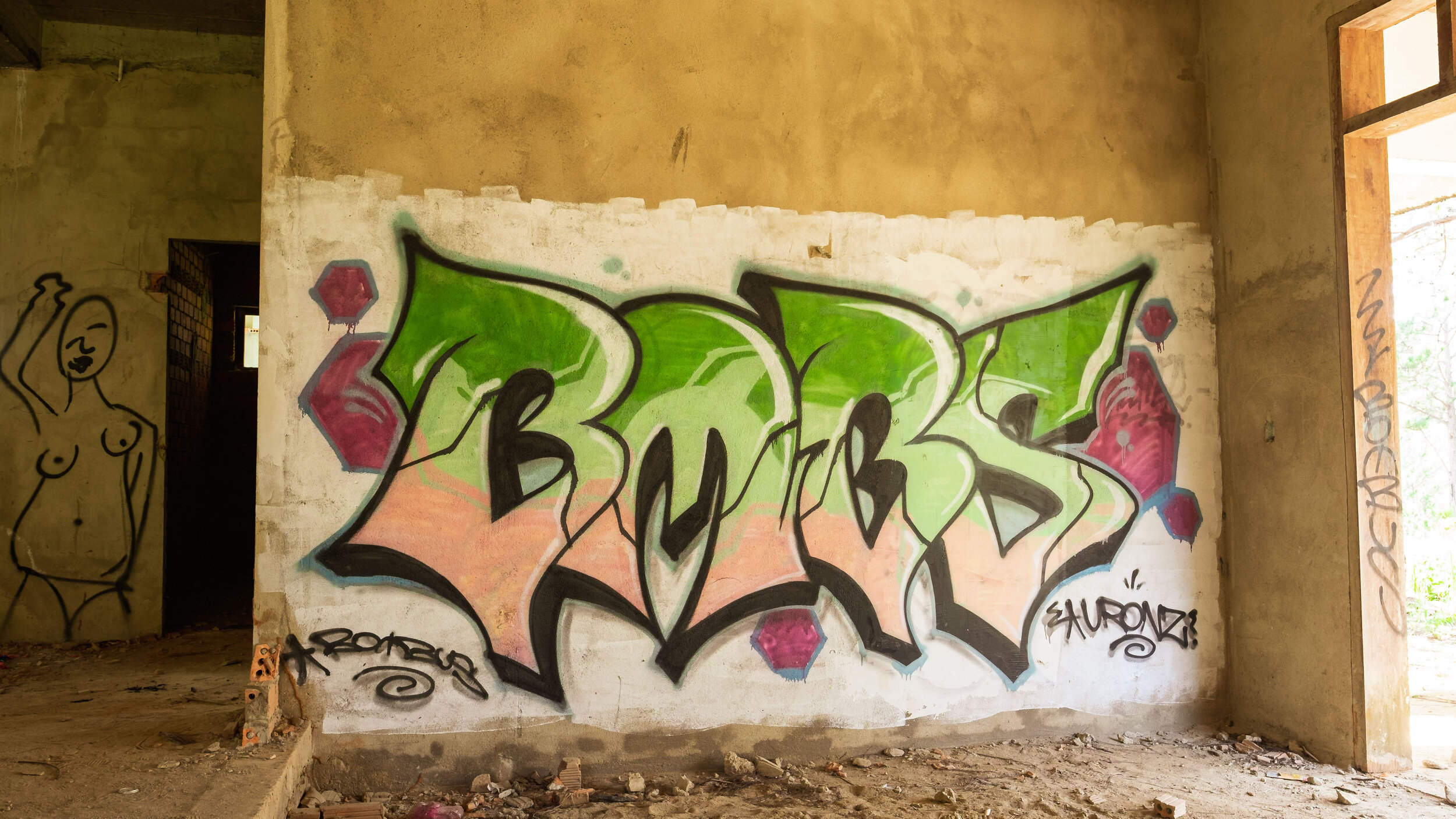In any case, the images that come from this camera will likely be subjected to post-processing with settings which add noise, or at least some grainy ‘character’ to the images. The very nature of the subject material this camera was designed to shoot invites the use of ‘grungy’ or old-school film presets in editing. I’m a big fan of using these myself because some of them just look so good. That’s not to say the RAW files don’t look great with the default settings of Adobe Colour and conservative sharpening when they open up in Lightroom. It’s rather that high contrast, high structure black and whites simply ‘look right’ for the street. To see what I mean, check out the work of famous Japanese street shooter, Daido Moriyama.
(Sidebar: Wabi-sabi)
Wabi-sabi is a Japanese aesthetic which celebrates the beauty found in imperfection. Daido Moriyama’s images exemplify this aesthetic. His subjects are rarely in sharp focus, the images are so contrasty that skies are blown out to white and shadows are crushed into blackened oblivion. All of which should amount to an epic photographic fail. But not so. His pictures are compelling, challenging, full of drama and intrigue.
For a great overview of the philosophy of wabi-sabi, take a look at Jamie Windsor’s YouTube episode on his favourite photographer, Nan Goldin.
Even without applying presets the images out of this camera have a certain ‘look’ to them. They seem ‘gritty’ to me, even at the base ISO of 100, and I really dig this look. I have heard pundits guessing the reason for this being the pixel pitch, the baked-in sharpening of the DNG files, or something else. I’m not a tech geek, so I’ll leave it to engineering types to work out. Suffice to say, the GR images seem to have an edginess to them that actually compliments the street or documentary vibe of scenes shot with the camera.
For those who want to exploit the GR legend fully, there’s an in-camera jpeg ‘Image Control’ setting called ‘Positive Film’ - it’s slightly old school, with strongish contrast and desaturated colours. Greens tend more toward blue, reds are a bit magenta-ish. This preset even has its own Flickr page as a mark of the reverence that fanboys have for it. Adobe LR and Adobe RAW don’t yet offer any of the Ricoh presets. This is a shame, because the B&W ones are also excellent. But fear not, there is an inexpensive work around.
Samuel Lintaro Hopf, YouTuber and Ricoh GR aficionado has produced a set of GR Positive Film emulation presets for Adobe Lightroom and Camera Raw. His package also includes some excellent versions of Fujifilm’s beloved Acros black and white film. They can be purchased here.
Whilst I’m giving him free plugs, Samuel's YouTube Channel is an excellent resource for GR fanboys and girls.
In summary, I am really enjoying the images from this camera, as well as the whole experience of using it. It’s portability, paired with stellar image quality and versatility have made it my new everyday carry. I love it!
THE CHASE
What’s great
Discreet design - perfect for not attracting the ire of people you are shooting
Silence is golden- you can shoot people at a sombre indoor event without being ticked off for noisy shutter sounds.
It’s tiny- this camera won’t be left at home because it’s too big to carry out and about- it fits in your hoodie pocket.
Image quality- the 24mp sensor and lens together are capable of taking incredibly crisp and detailed images.
Ricoh’s Positive Film jpeg preset, and the B&W preset options- the Positive Film preset has almost as big a cult following as the camera itself. Old school-ish, without looking like a cheap Instagram filter.
Macro- a great bonus feature of the camera is its ability to get close and capture details of flowers, critters, products or food. Yay!
Haptics- despite it being so small, the GR’s control layout is easily navigable with ‘normal’ sized hands. It’s designed for one-handed operation on the street.
Snap focus- this is a great feature for street, or for any situation where you need to respond quickly to a changing scene. This feature also partly negates the first item on the ‘What sucks’ list.
3-axis IBIS- excellent for hand-holding to shoot static subjects in low light.
Three customisable user modes- Although I have set two of them up, I find that the quick menu is so easy to use, that I don’t bother unlocking the mode dial to change mode settings in real-world situations.
Finally, It’s just such great fun to shoot with! I have never owned a camera before that just makes me want to take pictures as much as the GR III.
What sucks (a bit)
Autofocus- compared to much of its competition, and considering that the latest GR has phase-detect as well as contrast detect focusing, it is not the snappiest camera to lock on to subjects. This is especially true in the case of low light and/or when using the macro feature, when it can hunt for focus quite a bit. Also I found that using ‘Pinpoint Focus’ hunts more in low light than either ‘Auto Focus or ‘Select Autofocus’. ‘Select AF’ is my go-to setting.
Low light, high ISO performance- It’s not a full frame Sony, so don’t expect clean images into the ISO stratosphere. I find the GR high ISO performance on par with my Fujifilm X-T4.. Don’t forget there are flash options (see below), and also the IBIS, which can reduce the required shutter speed, and allow you to shoot at lower ISO values.
Price- It’s not cheap, especially considering its limited video specs.
Unremarkable video- Meh. There are other options for this- the best of them are from Fujifilm, Sony and Panasonic They won’t fit in your pocket, though.
Battery life- so buy some extras, Cheap Charlie!
No weather sealing- I live in a place where it rains for five months of the year, so this does suck.
THE BOTTOM LINE
If you shoot street, documentary, or just want a genuinely pocketable travel camera with excellent image quality, and if you can afford the admission price, just buy one!
Extra stuff
Here are some links to things of interest around the GR III:
Ricoh hosts a GR community webpage featuring many ‘GRists’ - well-known users of the GR series:
Ricoh GRist blogsite
Most standard speedlight systems are unwieldy on the tiny GR III. Here are two that have been well-reviewed and play well with the form factor and portability:
(manual only): Lightpix Labs Q20 II flash
(TTL metering): Pentax AF201FG flashgun
Most YouTube photography channels focus on gear reviews. This is great and provides useful information for prospective buyers of new equipment, but here are two guys whose focus is more on the philosophy of taking photographs. I have found both to be informative and inspiring.
Jamie Windsor
Sean Tucker
























